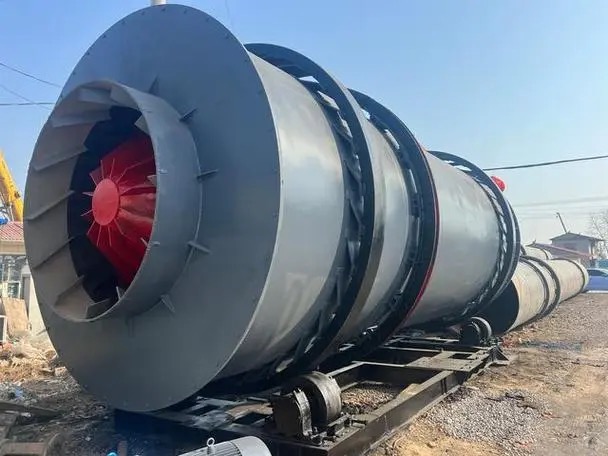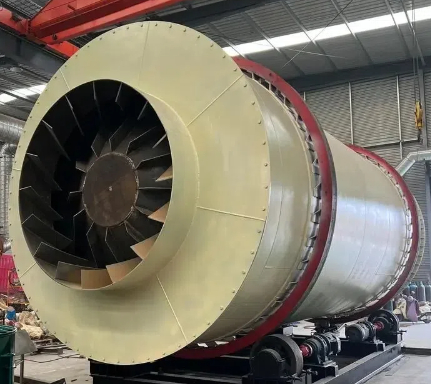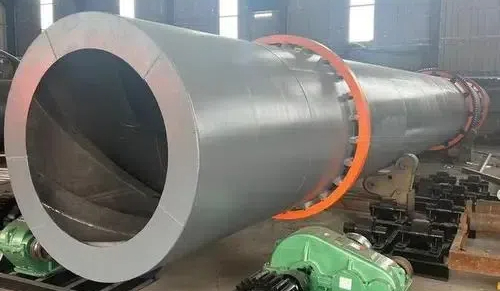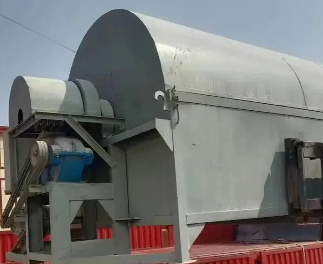
Content Menu
How To Use A Heat Pump Tumble Dryer
● Introduction
● Understanding Heat Pump Tumble Dryers
● How To Use A Heat Pump Tumble Dryer
>> Step 1: Prepare Your Laundry
>> Step 2: Load the Dryer
>> Step 3: Select the Right Program
>> Step 4: Adjust Settings
>> Step 5: Start the Dryer
>> Step 6: Monitor the Drying Process
>> Step 7: Empty the Water Tank
>> Step 8: Remove Clothes Promptly
● Maintenance Tips for Heat Pump Tumble Dryers
● Troubleshooting Common Issues
● Conclusion
● Frequently Asked Questions
>> 1. What is a heat pump tumble dryer?
>> 2. How long does it take to dry clothes in a heat pump dryer?
>> 3. Can I dry all types of fabrics in a heat pump dryer?
>> 4. Do heat pump dryers require special installation?
>> 5. How do I maintain my heat pump tumble dryer?
Introduction
Heat pump tumble dryers are becoming increasingly popular due to their energy efficiency and gentle drying capabilities. Unlike traditional dryers, which expel hot air, heat pump dryers recycle the air, making them a more sustainable choice for drying clothes. This article will guide you through the process of using a heat pump tumble dryer effectively, ensuring you get the best results while saving energy.

Understanding Heat Pump Tumble Dryers
Heat pump tumble dryers operate using a closed-loop system. They draw in air, heat it, and then circulate it through the drum to absorb moisture from your clothes. The moist air is then cooled, and the water is collected in a tank or drained away, allowing the dryer to reuse the warm air. This process not only saves energy but also protects delicate fabrics from high temperatures.
How To Use A Heat Pump Tumble Dryer
Step 1: Prepare Your Laundry
Before using the dryer, ensure your laundry is suitable for tumble drying. Check the care labels on your garments. Items labeled as "tumble dry safe" can be dried in a heat pump dryer.
Step 2: Load the Dryer
Load the dryer with your damp clothes. Avoid overloading, as this can prevent proper air circulation and lead to longer drying times. A good rule of thumb is to fill the drum about three-quarters full.
Step 3: Select the Right Program
Heat pump dryers come with various drying programs tailored for different fabric types. Select the appropriate program based on the materials you are drying. For example, use a delicate setting for silk or wool, and a standard setting for cotton.
Step 4: Adjust Settings
Many heat pump dryers allow you to adjust settings such as drying time and temperature. If you are drying a mixed load, consider using a lower temperature to protect delicate items.
Step 5: Start the Dryer
Once you have selected the program and adjusted the settings, close the door securely and start the dryer. Most models will display the estimated drying time.
Step 6: Monitor the Drying Process
While heat pump dryers are efficient, they may take longer than conventional dryers. Check the progress periodically, especially if you are drying a new type of fabric.
Step 7: Empty the Water Tank
If your dryer collects water in a tank, remember to empty it after each use. Some models have a drain option that allows you to connect a hose for continuous drainage.
Step 8: Remove Clothes Promptly
Once the drying cycle is complete, remove your clothes promptly to prevent wrinkles. Fold or hang them immediately to keep them looking fresh.

Maintenance Tips for Heat Pump Tumble Dryers
To ensure your heat pump dryer operates efficiently, regular maintenance is essential:
1. Clean the Filter: After each use, clean the lint filter to maintain airflow and efficiency.
2. Check the Condenser: If your model has a condenser, clean it regularly to prevent blockages.
3. Inspect the Water Tank: Ensure the water tank is emptied and cleaned periodically to avoid mold growth.
Troubleshooting Common Issues
If you encounter problems with your heat pump dryer, consider the following troubleshooting tips:
1. Drying Takes Too Long: Check for blockages in the filter or condenser. Ensure the load is not too large.
2. Clothes Are Still Damp: Make sure you selected the correct drying program and that the dryer is not overloaded.
3. Unpleasant Odors: Clean the filter and condenser, and ensure the water tank is emptied regularly.
Conclusion
Using a heat pump tumble dryer can significantly reduce your energy consumption while providing excellent drying results. By following the steps outlined in this guide, you can maximize the efficiency of your dryer and keep your clothes in great condition.

Frequently Asked Questions
1. What is a heat pump tumble dryer?
A heat pump tumble dryer is an energy-efficient appliance that uses a closed-loop system to recycle air for drying clothes, making it more sustainable than traditional dryers.
2. How long does it take to dry clothes in a heat pump dryer?
Drying times can vary, but heat pump dryers generally take longer than conventional dryers due to their lower operating temperatures.
3. Can I dry all types of fabrics in a heat pump dryer?
Most fabrics labeled as "tumble dry safe" can be dried in a heat pump dryer. Always check care labels for specific instructions.
4. Do heat pump dryers require special installation?
No, heat pump dryers do not require venting, making them versatile for installation in various locations within your home.
5. How do I maintain my heat pump tumble dryer?
Regularly clean the lint filter, check the condenser, and empty the water tank to ensure optimal performance.












